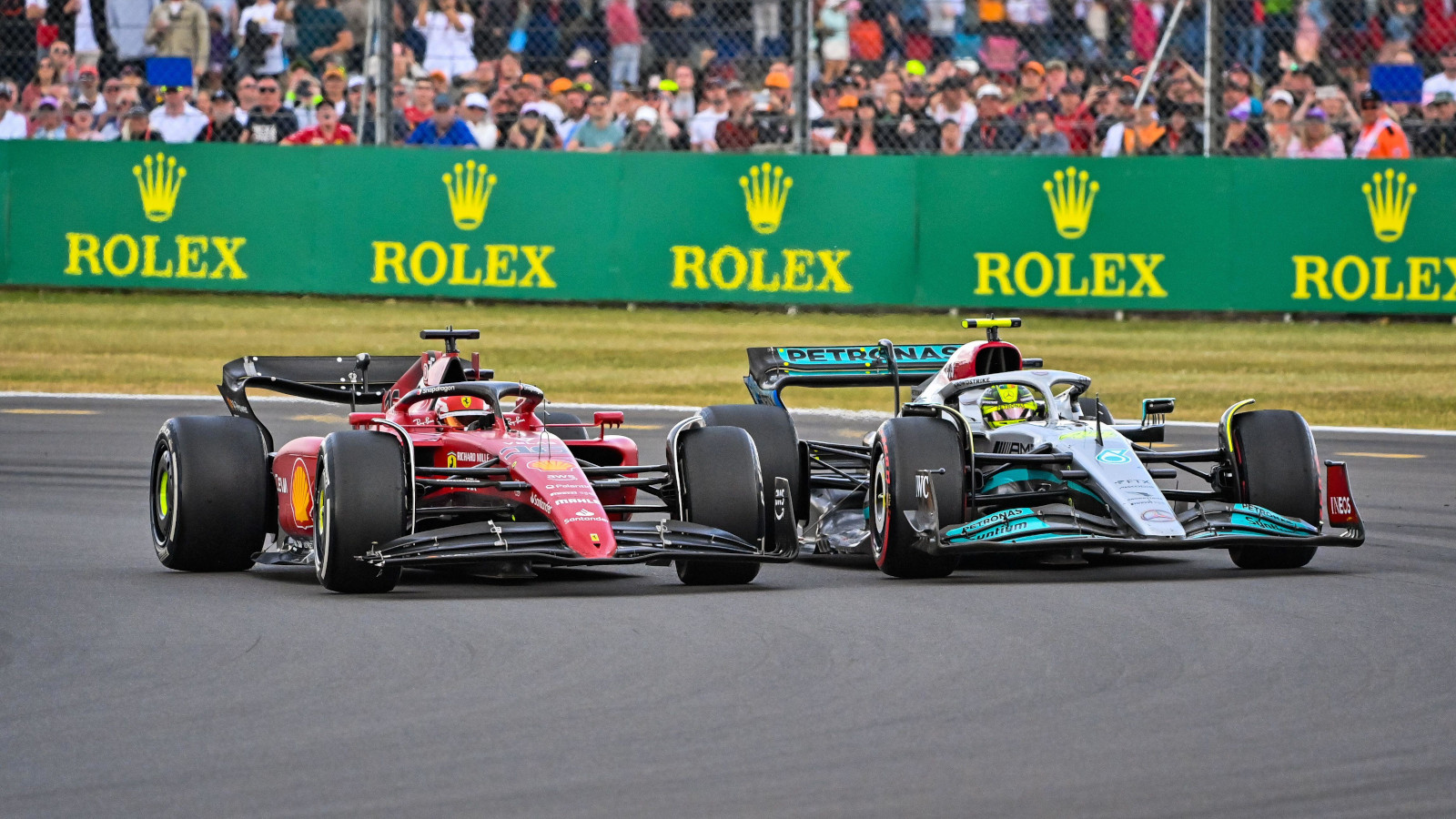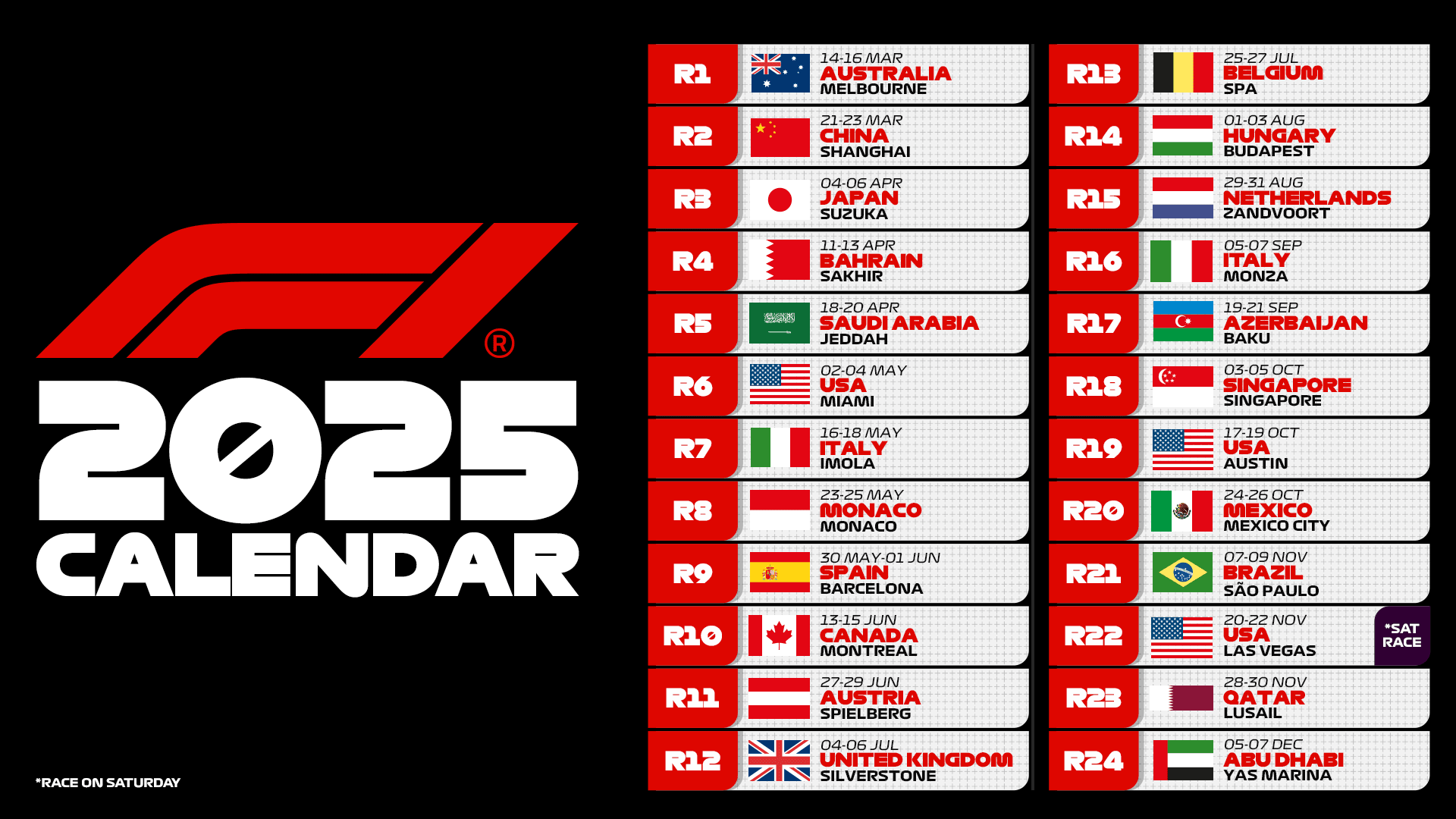The debate is ongoing and a common point has not been found: did the new Formula 1 rules work? The positions are clear-cut: there are those who appreciate the new regulation in an almost fideistic attitude, and those who reject the rules loudly, underlining the lack of excitement that characterized the second part of the world championship dominated by the Red Bull – Max duo Verstappen.
The new operating regulation introduced by the governing body of motorsport aimed to present cars less sensitive to dirty air that could follow each other more closely and therefore be able to attempt more overtaking moves. In terms of passing there has been a clear improvement which confirms the impressions during the season: if in the 2021 Formula 1 world championship there were 599 overtakes on track (the statistics does not include passing as a result of the pit stops), in the year that has just ended, excluding the Abu Dhabi event to make a comparison of 21 races, there were 785 passing moves. An increase of 31%, which is a lot.
Confirming the fact that the new rules still need to be fine-tuned is the interesting opinion of Mario Isola, Head of Pirelli Motorsport, according to whom the secret of this “statistical upgrade” is to be found to a greater extent in the characteristics of the tires rather than in the aerodynamic result from the regulation imposed by the FIA and approved by the Liberty Media Corporate.
“I think that 30% more overtaking is a very good number. They are facts, so it’s not an exaggeration. In general we have less tire management. The drivers had the opportunity to push a lot more, we had many races where they overtook each other many times in the same lap. Obviously the DRS is helping a lot with this, but it was also there in previous years“. – he explained.
The DRS (constant with previous seasons) and more “aggressive” tires (a new variable introduced in 2022) are therefore at the base of a more spectacular Formula 1: a direction that must continue to be taken with the goal of reducing the performance differences that emerged clearly in the championship which ended on 20 November at the Yas Marina track in Abu Dhabi. And that’s not what Liberty Media Corporate dreamed of when it wanted to rewrite the rules of the game.
Show your support for Scuderia Ferrari with official merchandise collection! Click here to enter the F1 online Store and shop securely! And also get your F1 tickets for every race with VIP hospitality and unparalleled insider access. Click here for the best offers to support Charles and Carlos from the track!
According to the Italian manager, the regulations, in principle, have achieved the objective of increasing the chances of wheel-to-wheel combat during a lap: “It’s not just the number of overtakes that tell us that we’ve had a good season. There have been many races where the drivers have fought with two or three cars together“.
Show your support for Scuderia Ferrari with official merchandise collection! Click here to enter the F1 online Store and shop securely! And also get your F1 tickets for every race with VIP hospitality and unparalleled insider access. Click here for the best offers to support Charles and Lewis from the track!
“We have observed drivers fighting each other trying to exploit any chance or mistake on the part of the competitor. Which happened for three, four or five laps in a row. This – continued Mario Isola – is the biggest difference I’ve seen this year compared to the past. It wasn’t easy, but it was possible with the new Formula 1 cars. It wasn’t just the tires, even if they helped.” – he pointed out.
But the numbers on display shouldn’t be seen as a final outcome. Formula One is at the dawn of a journey that must be completed very quickly. In 2021, at the height of an abruptly interrupted technical cycle, the values tended to get closer. The all-out fight between Lewis Hamilton and Max Verstappen was made possible by two cars that were very close in performance. The ‘Next gen’ Formula 1 rules have reset pretty much everything by creating deficits usually seen at the start of a new technical periods. Exactly where we are now.
But we cannot imagine that it will still take five or six years to arrive to that close performance in terms of lap times which Liberty Media had assured we would see, only to change our judgment at this stage. The regulations relating to single-seaters still need to integrate better with the other two pillars erected by those in power: budget cap and technical balance of performance.
Only when these three elements are perfectly calibrated will Formula 1 become the picture that the American leadership had in mind. In the hope that all this will happen soon because 2026 is upon us. And another regulation change could once again create gaps that will to be reduced.













.png)

Leave a Reply